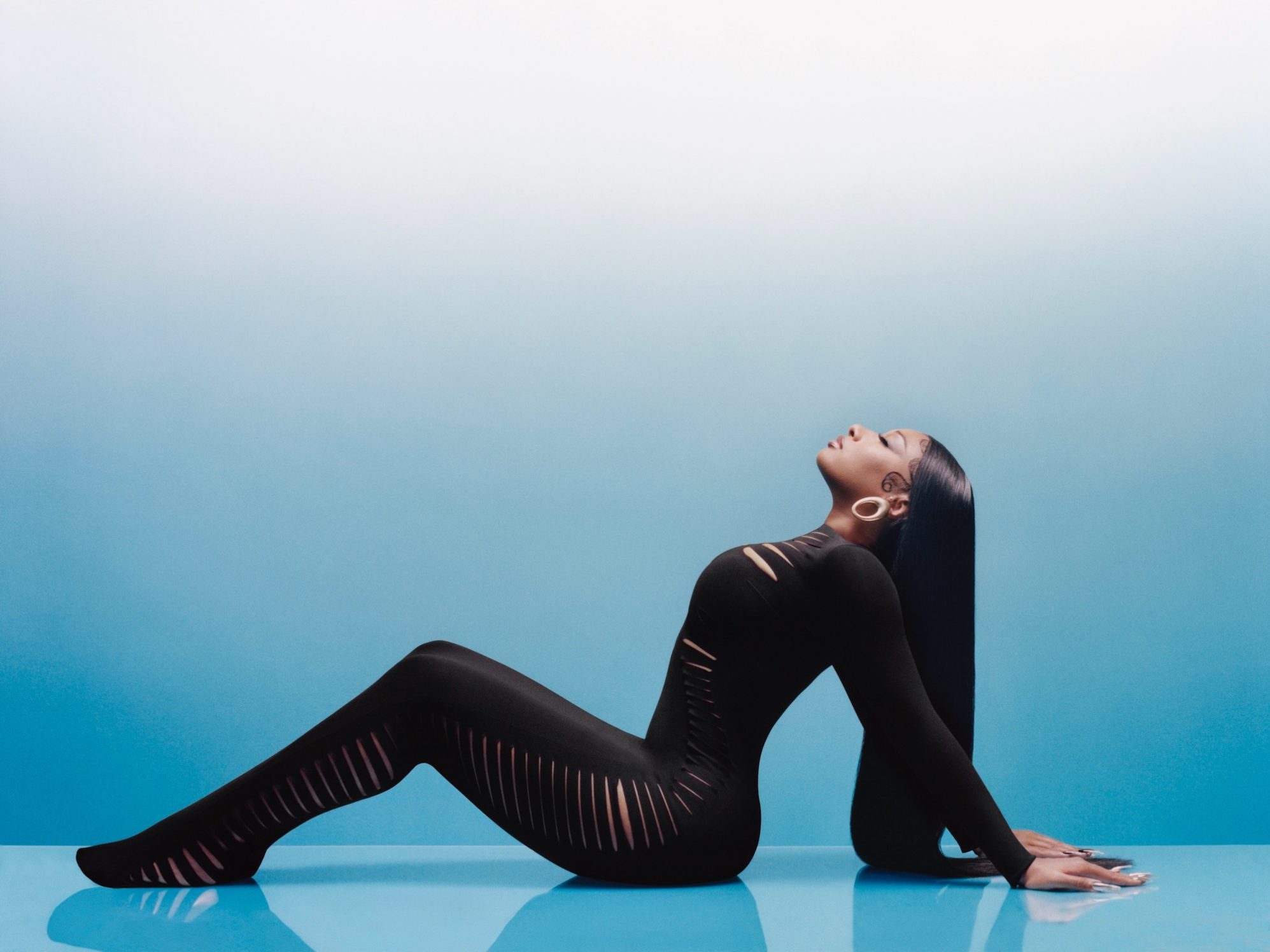The fabled four elements of hip-hop are rapping, DJing, breakdancing, and graffiti; a fifth is often said to be fashion. A massive exhibition at New York’s Fotografiska might propose a sixth one: bearing. Not posing, exactly. “Hip-Hop: Conscious, Unconscious,” which gathers 200 photographs taken in the half-century since the sound stormed out of the South Bronx, isn’t here to call out the phonies. And its curators, Sacha Jenkins of Mass Appeal and photo director Sally Berman, aren’t necessarily arguing the subjects are muses.
What these extraordinary portraits do, when viewed as a whole, is prove how their subjects’ gargantuan talents also extend to connecting with the camera. In Geoffroy De Boismenu’s iconic 1994 photo of Christopher “Biggie” Wallace, his personality is so potent you can smell the blunt smoke; in a rare outtake, smoke obscures his face but can’t hide the notoriety. In the sunny Janette Beckman shot of Salt-n-Pepa goofing off in 1986, or a 1998 Christian Witkin close-up of Missy Elliott twirling bubblegum, or a waggish Angela Boatwright black-and-white of Nicki Minaj, you’re confronted with unparalleled charisma machines. Their poise is power.
It’s also a weight to carry. A 1972 Jean-Pierre Laffont photo of the young Bronx street gang Savage Skulls dealing with the cops is ruefully fresh. Chris Buck staged Chuck D. getting crucified on the White House fence in 1991—and there’s still tons to unpack in the image. We still haven’t caught up to the incendiary Nitin Vadukul imagining of Wu-Tang Clan either acting as or running from a militarized power structure on the hunt from 2000. But “Hip-Hop: Conscious, Unconscious” is a good entry point to think through what all this charisma had to contend with, challenge, and conquer.
“Hip-Hop: Conscious, Unconscious” is on view at Fotografiska (281 Park Ave S, New York) until May 21.



